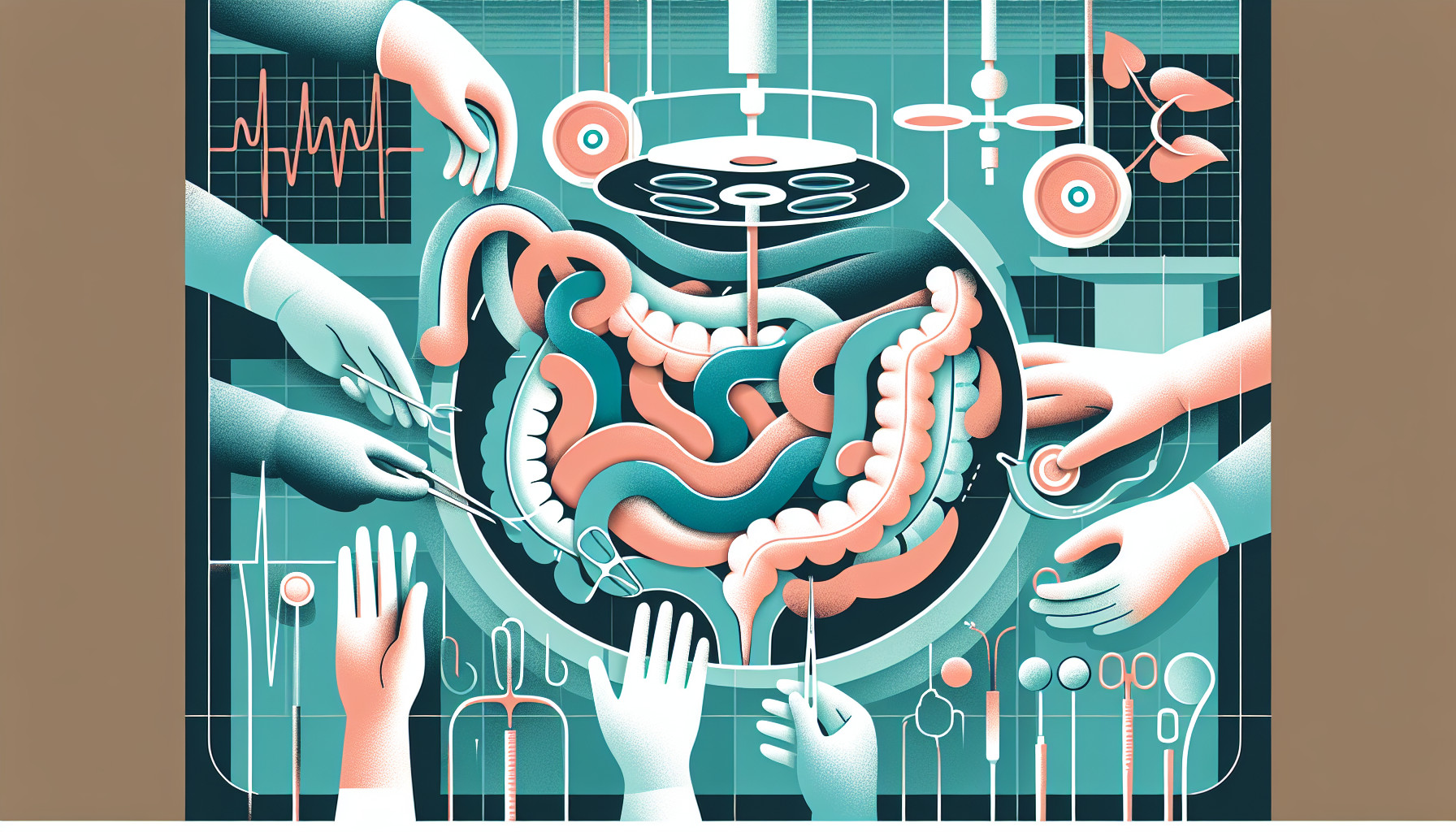Our Summary
This research paper is about comparing the effectiveness of three-dimensional (3D) and two-dimensional (2D) vision technology in performing a specific type of surgery called laparoscopic right colectomy (a type of colon surgery). The researchers looked at past studies comparing the two techniques and analyzed the results. They found that 3D and 2D vision have similar safety outcomes and operating times were not significantly shorter with 3D vision. They also found similar results for other factors, such as the rate of complications like leakage from the surgical join. However, they mention that there isn’t a lot of data available and suggest that more research is needed, particularly on how 3D technology might improve surgeons’ abilities to perform complex tasks during surgery.
FAQs
- What is the main difference between 3D and 2D vision technology in laparoscopic right colectomy?
- According to the research, is there a significant difference in safety outcomes and operating times between 3D and 2D vision?
- What further research is suggested by the researchers regarding the use of 3D technology in laparoscopic right colectomy?
Doctor’s Tip
A helpful tip that a doctor might tell a patient about laparoscopic colectomy is to follow their post-operative care instructions carefully. This may include taking prescribed medications, following a specific diet, avoiding heavy lifting or strenuous activities, and attending follow-up appointments. Following these instructions can help ensure a smooth recovery and reduce the risk of complications.
Suitable For
Patients who are typically recommended for laparoscopic colectomy include those with conditions such as colon cancer, diverticulitis, inflammatory bowel disease, and benign polyps or tumors. Laparoscopic colectomy is often recommended for patients who are otherwise healthy and able to tolerate the procedure, as it is minimally invasive and generally has a shorter recovery time compared to traditional open surgery. Additionally, patients who have had previous abdominal surgeries or have a high risk for complications with open surgery may also be good candidates for laparoscopic colectomy.
Timeline
Before laparoscopic colectomy:
- Patient consultation: The patient meets with their healthcare provider to discuss their condition and the need for surgery.
- Preoperative testing: The patient undergoes various tests, such as blood work, imaging scans, and possibly a colonoscopy, to determine the extent of the disease and ensure they are healthy enough for surgery.
- Preoperative preparation: The patient may need to follow specific dietary restrictions, stop taking certain medications, and undergo bowel preparation to empty the colon before surgery.
During laparoscopic colectomy:
- Anesthesia: The patient is given anesthesia to ensure they are comfortable and pain-free during the procedure.
- Surgery: The surgeon makes small incisions in the abdomen and inserts a laparoscope (a thin tube with a camera) and surgical instruments to remove part of the colon.
- Recovery: After the surgery, the patient is monitored in the recovery room before being transferred to a hospital room for further observation.
After laparoscopic colectomy:
- Hospital stay: The patient may need to stay in the hospital for a few days to recover and receive pain medication.
- Postoperative care: The patient will be instructed on how to care for their incision sites, manage pain, and gradually resume normal activities.
- Follow-up appointments: The patient will need to follow up with their surgeon for postoperative check-ups and possibly undergo further tests to monitor their recovery.
- Long-term recovery: It may take several weeks to months for the patient to fully recover from laparoscopic colectomy and return to their normal activities. They may also need to make changes to their diet and lifestyle to support their healing process.
What to Ask Your Doctor
Some questions a patient should ask their doctor about laparoscopic colectomy include:
- What are the potential benefits of using three-dimensional (3D) vision technology for my laparoscopic colectomy surgery?
- Are there any potential risks or drawbacks associated with using 3D vision technology for this type of surgery?
- How experienced are you and your surgical team with using 3D vision technology for laparoscopic colectomy procedures?
- Can you explain the differences in outcomes between 3D and two-dimensional (2D) vision technology for laparoscopic colectomy surgery?
- What is your recommendation for the type of vision technology to use for my specific case?
- Are there any additional costs associated with using 3D vision technology for my surgery?
- How will the use of 3D vision technology impact the recovery process and post-operative care compared to 2D vision technology?
- Are there any specific factors about my case that make 3D vision technology particularly beneficial or necessary for my laparoscopic colectomy surgery?
- Can you provide any additional information or resources for me to learn more about the use of 3D vision technology in laparoscopic colectomy procedures?
- Are there any other alternative approaches or technologies that should be considered for my laparoscopic colectomy surgery?
Reference
Authors: Vettoretto N, Reggiani L, Cirocchi R, Henry BM, Covarelli P, D’Andrea V, Popivanov G, Randolph J. Journal: Int J Colorectal Dis. 2018 Dec;33(12):1799-1801. doi: 10.1007/s00384-018-3121-8. Epub 2018 Jul 11. PMID: 29998352
